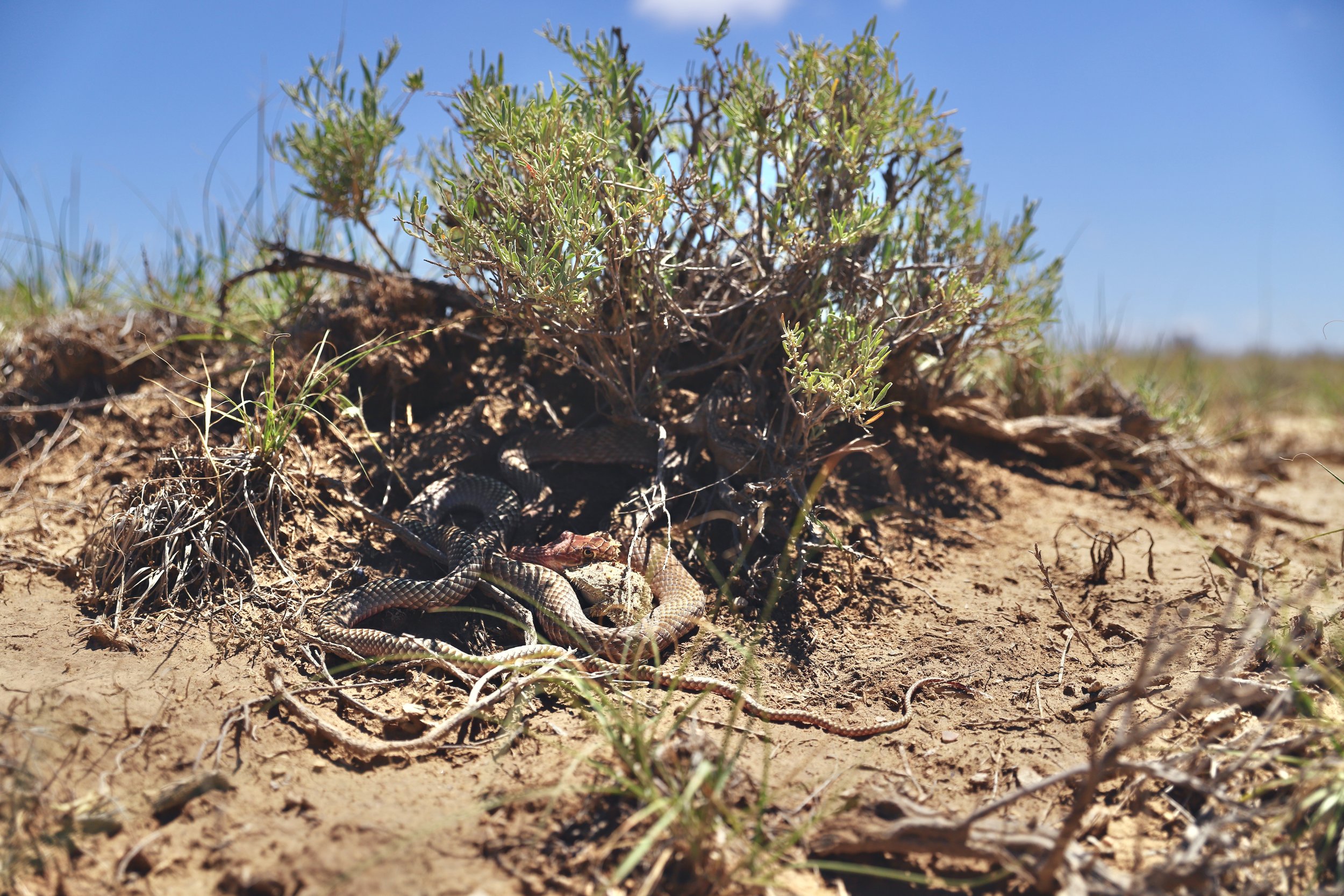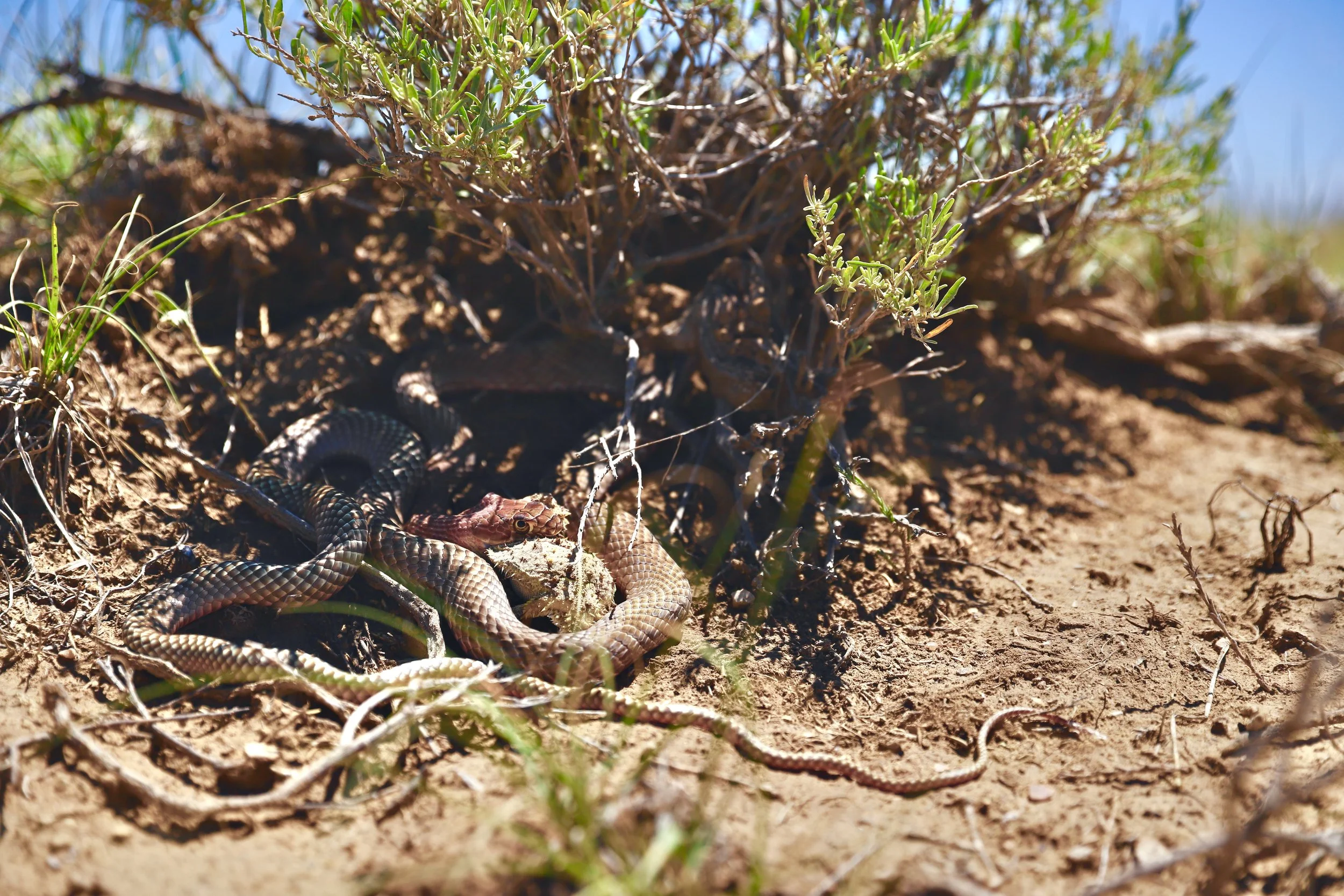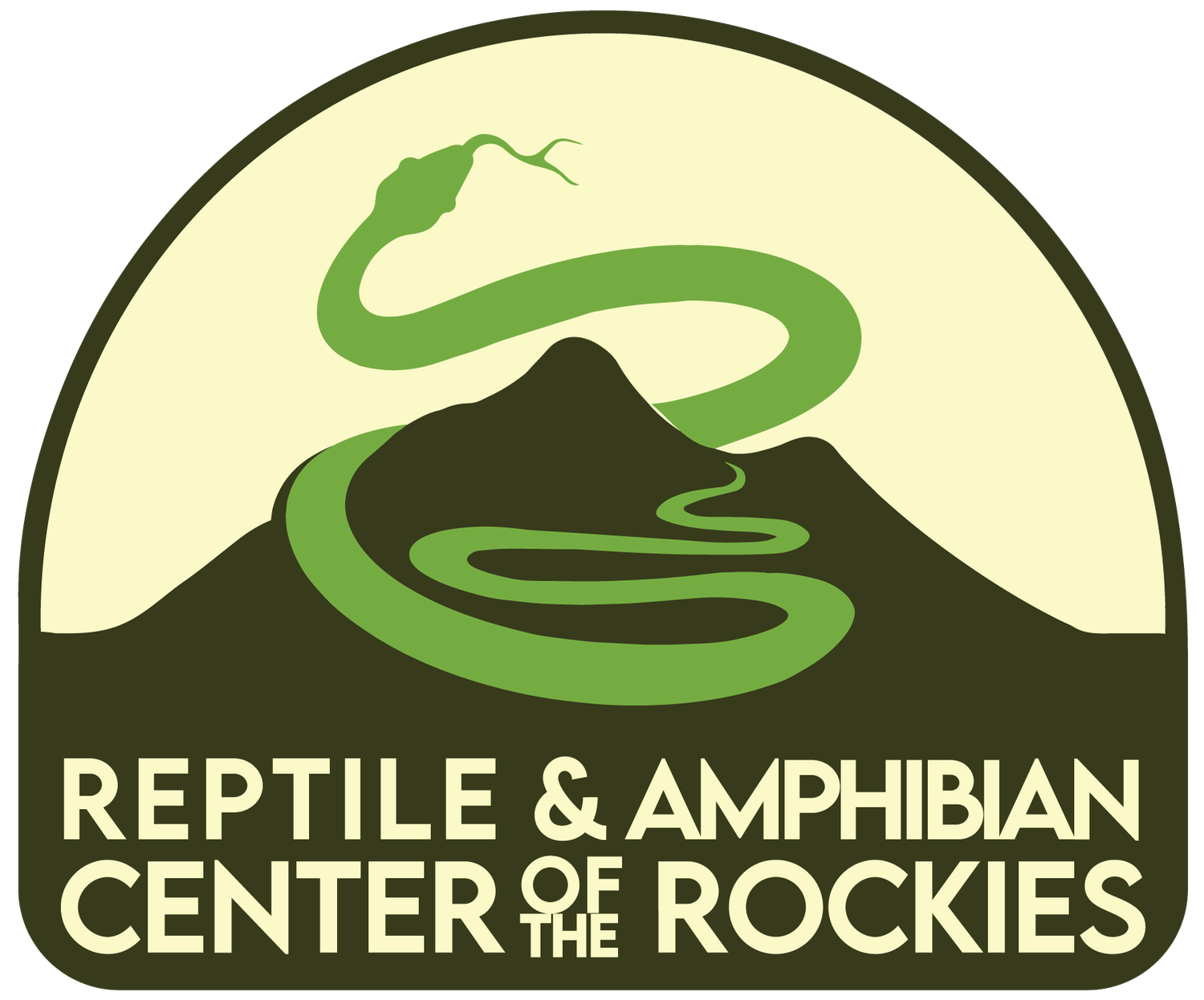Herping Highlights
Welcome to Herping Highlights! Here we will share some of our favorite reptiles and amphibians that we find while herping in our beautiful state of Colorado.
Our first herping highlight is a Texas Horned Lizard I photographed. My name is Lisa, and I’m one of NCHS’s board members who participated in COPARC’s recent field study in La Junta.
Cool Facts
Horned lizards have another common misnomer: Horny Toads!
“Why are they called that?” you ask? The answer may underwhelm you.
They’re called Horny Toads because of their squat stature and rounded snout; it reminded people of toads. And they’re covered in horns. It may be misleading, but they’re so cute we’ll give these little imposters a pass.
Built for Defense
These little toad wanabees are built to be as uncomfortable to eat as it gets. Covered with small spines and scales, and equipped with the ability to puff up to appear larger (they’re only 5 inches long, after all), horned lizards appear an unappetizing meal for many predators.
Can you imagine eating an unpeeled artichoke whole? Ugh. Pass.
They also have a fascinating adaptation if all else fails - they can shoot BLOOD from their eyes! The blood is secreted from ducts in the corners of their eyes and it can be travel up to THREE TO FIVE FEET! Nature is metal. 🤘
Horned Lizards only use this technique as a last resort in times of extreme stress. I wasn’t able to witness this phenomenon, as the lizard seemed perfectly content to sit comfortably in my hand. It’s for the best, but it’s something to Google if you want to be amazed (and a little grossed out). See the defense maneuver in action here.
Everybody Needs to Eat
Not every animal finds the Horned Lizard as unappetizing as we do. During the COPARC survey, I pulled up next to other herpers on the side of the road and was informed that Ryan of Rocky Mountain Rattlesnake Services had discovered a Coachwhip snake in the middle of consuming a Horned Lizard!
I had never heard of Coachwhips consuming anything other than rodents and small birds. However, a cursory glance through Geoffrey A Hammerson’s Amphibians and Reptiles in Colorado: A Colorado Field Guide (a must-have for herpers in Colorado, by the way) reveals that Coachwhips eat not only small mammals and birds, but also bird eggs, lizards (often), snakes (including rattlesnakes), small turtles, frogs, and large insects.
Who knew? (Geoffrey did, but…you know.)
I managed to snap some pictures without getting too close:


P.S. If you ever come upon a snake eating something, keep your distance! If spooked, they can regurgitate their food and cause harm to their little esophaguses. I did award Ryan the smallest, quietest high five in history for his discovery so as not to spook the snake.
Ethics in Herping
We fully encourage you to go out into our beautiful state to observe these animals where they are meant to be. If you love reptiles and amphibians as much as we do, there’s nothing like seeing them in their natural state. That being said, there are rules to herping that help preserve the animals and their environment so that we can enjoy them for generations to come. Keep these in mind when you’re out and about:
If you decide to move a rock or log to peek underneath, place it back in the exact same spot and orientation as how you found it.
If you find an animal under a rock and decide to pick it up, place it next to the rock so it can find its way back in without getting smushed.
Try not to trample native plants or break rotting logs.
Keep your distance from animals actively hunting prey.
If you don’t know what kind of animal it is, snap a photo and keep your distance. We have animals who use venom (rattlesnakes) and powerful bites (snapping turtles) who will defend themselves if they think they are in danger. Remember: they’re not mean, they just want to be left alone.
Don’t share where you found the animal if you post online! You can share the general town, but please refrain from sharing trails or specific spots. Over-herping can lead to devastation of the environment from people trampling plants, moving structures that are habitats/hides, and wandering off trails without permits. Keep it secret, keep it safe.
(Controversial) Please refrain from bringing the animal home. While some folks enjoy keeping animals plucked from the wild, many are not equipped to give the animal proper husbandry. Often it’s a total downgrade when compared to freedom, natural UVB, and all their microhabitat needs met. They may be carrying parasites or diseases that can be introduced to other herptiles in the home. Plus, wild caught pets contribute to decline in natural populations. We receive many surrendered animals that were originally wild caught, who do poorly with relocation (specifically Ornate Box Turtles, among other species). They can never return to their home in the wild.
Texas Horned Lizard flattening out and keeping a very close eye on my camera lens
Photo by Lisa Lindenbaum
Want a Herping Buddy?
The Northern Colorado Herpetological Society routinely hosts herping hikes to share the love of finding critters in the wild with our community! Keep an eye on the Upcoming Events tab to see when we’re out on the trails. We’d love for you to join us!
Did You Find Something Exciting?
We’d love to hear about your herping adventures and share your stories with the reptile community.
If you have a great photo or story from your herping adventures, tell us all about it!




